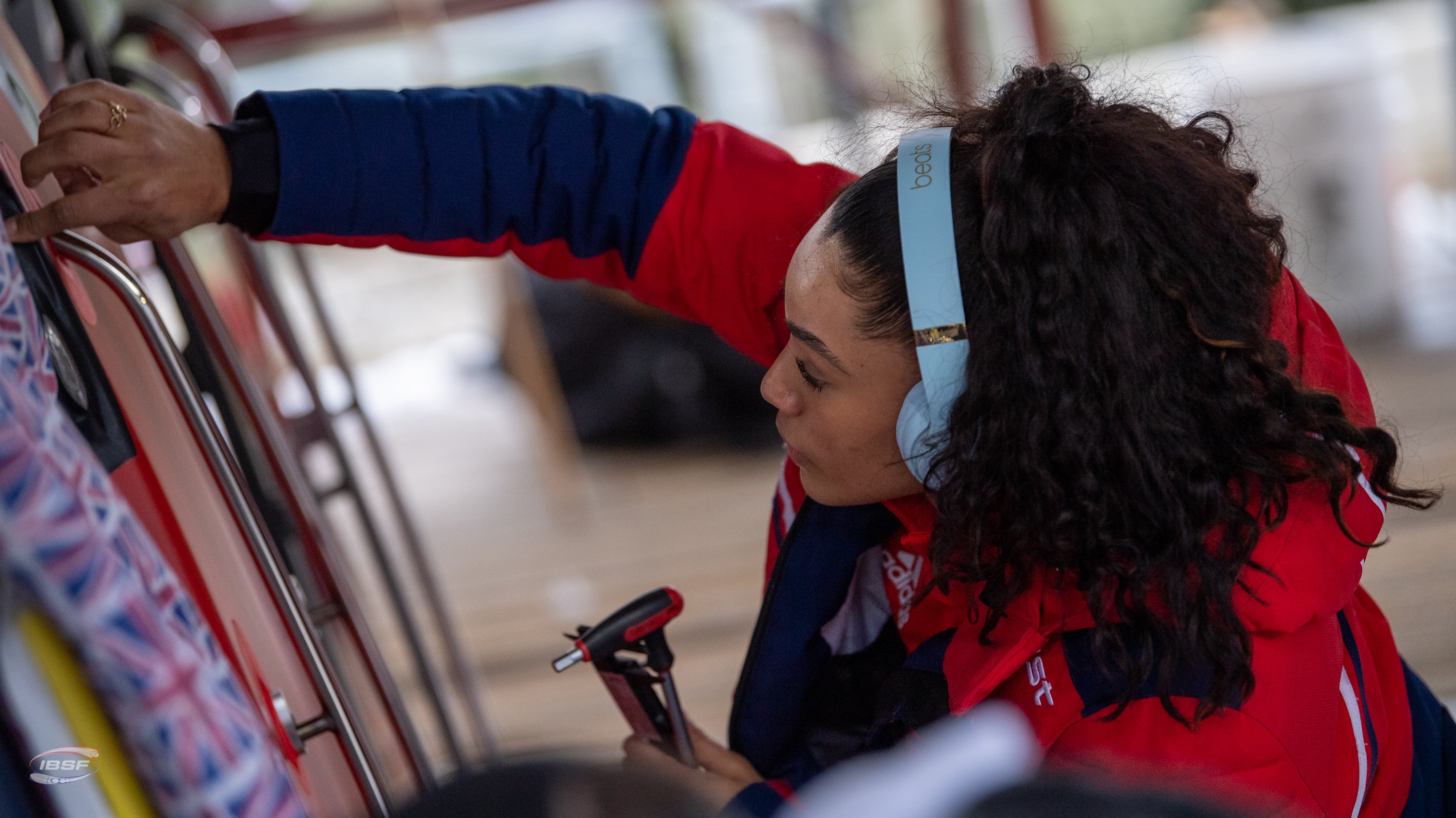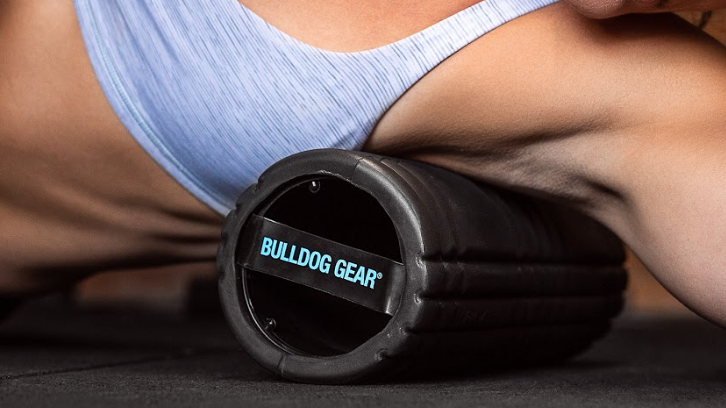Kipping pull-ups are possibly the mostly hotly contested source of debate on our social channels. Some rate them as a key tool for improving pull-up efficiency in a competitive fitness environment; whilst others see them as the antithesis of 'real' training.
Wherever you fall in the debate, there's no denying that they're a skill that requires mastering in order to use them safely (even if you don't believe they should be performed at all).
We wanted to pull together the best advice possible for safely advancing your kipping game, so we drafted in calisthenics expert and master of functional anatomy Tim Stevenson to give us the low-down on pull-ups.
How can I get better at Kipping pull ups?
Tim breaks it right down into three key components:
- Mobility
- Stability
- Strength
Here's how you might be able to utilise each one of those things to improve your capacity in a workout.
Mobility
I see this a lot people with thoracic spines that are all jacked up, trying to go through that kipping based movement and having a hard time linking those repetitions together.
A really simple way to start, is to be able to achieve a more efficient movement pattern is to give your body the freedom of movement that it needs to be able to create high quality positions. This ultimately makes it easier for you to safely execute the kipping movement.
So historically, if you're somebody who's done a fair amount of anterior shoulder or chest based work, sitting in an office or driving, you might find it quite difficult to get into that extension pattern. Spending a few minutes mobilising that thoracic spine into an extension shape can make a huge difference.
Stability
If you can start to improve the stability of the shoulder, you can expect to be able to produce more force. Research has shown that we can increase up to 24% more force from the upper limb when the scapula or the shoulder is in a stable position.
Lots of people struggle with shoulder stability in that hanging shape. So a real simple thing that you can do to start to build that capacity is to spend more time practicing a dead to active hang hold. You can really double down on that by starting to really squeeze the bar.
Strength
It might be a controversial point to finish on, but from my perspective, I really think you want to have strict pull ups nailed down before you start moving onto a tipping based variation!
One of the things that a kip does is allows you to get out of the bottom position of a pull-up without actually having to be strong enough to pull your entire body weight. It is that momentum which moves you from that bottom shape into the mid portion where you are typically going to be stronger - ending up with a neglected strength deficit - leaving you open to injury, which obviously we want to avoid.
By adding kipping pull-ups into your training and ignoring the fact that you haven't got, adequate amounts of strength through full range of motion is a weak link in the chain.
My suggestion here would be to start to work on strict pull-ups, build that all important capacity and try not to cut corners. You'll find that as you start to embed that additional strength into the skill based movement, you'll have more force at your disposal to be able to actually make the movement more efficient.
It's not about the quick wins - it's about building all round strength and stability
This is not a quick win, and it's often why we see so many people trying to do kipping pull-ups when they can't really do any strict movements, because a strict variation is a real investment in training time.
As someone who's suffered shoulder injuries in the past I would strongly encourage you to find some time within your training week to get into some strict pull-up work, build that strength.
Hard work pays off
You'll really see that strength work will directly transfer into a kipping based movements. Kipping pull-ups are sometimes used as a sneaky way to avoid the weak links in the chain - improve your mobility, stability, and strength, and watch what that does for the numbers.
Tim Stevenson is an Accredited Strength and Conditioning Coach with a wealth of knowledge and experience with a deep understanding of functional anatomy and corrective exercise and rehabilitation certifications. You can find more from Tim here.



